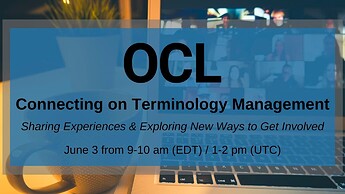Dear DHIS2 Community,
On behalf of the OCL Squad at OpenMRS (which includes wonderful support from @jpayne & @jamlung from the OCL core team), we have an idea for our friends at the DHIS2 community.
Situation: OCL (the global good called Open Concept Lab) is quickly becoming a valuable central tool for users to manage their metadata. This could be groundbreaking for implementers trying to semantically manage information flow/ semantic integration across global goods.
Background: In 2020 OpenMRS launched a user-friendly webapp to serve OpenMRS users, that leverages the OCL API (“the OpenMRS Dictionary Manager”). Very quickly implementers reported the huge value add, but then quickly asked, “How does this help us also manage the semantics between all our other global goods, like DHIS2?” So, we have been working since then with the OCL team to move this user-friendly terminology-management into the OCL UI. So this functionality is global-good-agnostic.
Question/Idea: Could DHIS2 terminology codes (data elements / metadata) be managed within OCL, so that implementers have a single place to manage their semantics? How can we move this forward together?
There is an OCL Terminology Management call this Friday at 3 June from 3pm-4pm CAT / 9-10 am EDT / 1-2 pm UTC - that might be a great place for DHIS2 folks interested to come and learn and consider a possible way forward, for the benefit of all our implementers.
